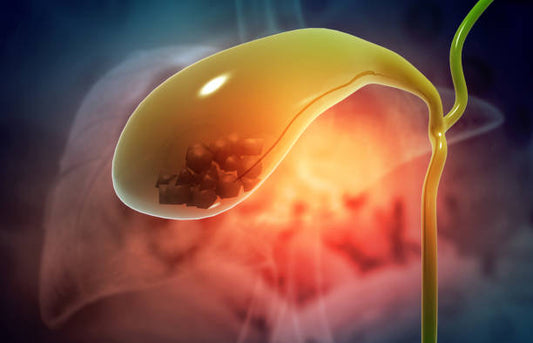Synthetic preservatives play a crucial role in extending the shelf life of various consumer products, including food, cosmetics, and pharmaceuticals. While these additives offer significant benefits in terms of product stability and safety, concerns have been raised regarding their potential health and environmental impacts. In this blog post, we'll explore the pros and cons of synthetic preservatives, shedding light on their uses, controversies, and considerations for consumers.

Understanding Synthetic Preservatives:
-
Preservation Properties: Synthetic preservatives are chemical compounds added to products to inhibit the growth of microorganisms, such as bacteria, yeast, and mold. By preventing spoilage and microbial contamination, these additives help maintain product quality, safety, and efficacy throughout its intended shelf life.
-
Diverse Applications: Synthetic preservatives find widespread application in various industries, including food processing, cosmetics manufacturing, and pharmaceutical production. Common synthetic preservatives include butylated hydroxyanisole (BHA), butylated hydroxytoluene (BHT), parabens, and benzoates, among others.
The Pros of Synthetic Preservatives:

-
Extended Shelf Life: Synthetic preservatives effectively prolong the shelf life of products, reducing the risk of spoilage, bacterial contamination, and foodborne illnesses. This ensures product safety and quality, allowing consumers to enjoy products for longer periods without concerns about freshness or microbial growth.
-
Cost-Effectiveness: Synthetic preservatives are generally more cost-effective than natural alternatives, making them economically feasible for manufacturers and consumers alike. Their widespread availability and affordability contribute to their widespread use in mass-produced consumer goods.
-
Regulatory Approval: Many synthetic preservatives have undergone rigorous safety assessments and regulatory approval by authorities such as the U.S. Food and Drug Administration (FDA) and the European Food Safety Authority (EFSA). Regulatory oversight ensures that preservatives meet safety standards and permissible usage levels in consumer products.
The Cons of Synthetic Preservatives:
-
Health Concerns: Some synthetic preservatives have raised concerns about potential adverse health effects. For example, certain preservatives like BHA and BHT have been associated with allergic reactions, hormone disruption, and carcinogenicity in animal studies. Additionally, long-term exposure to synthetic preservatives may contribute to antibiotic resistance and other health issues.
-
Environmental Impact: The production, use, and disposal of synthetic preservatives can have environmental consequences. Chemical residues from preservative-containing products may leach into soil and waterways, posing risks to ecosystems and aquatic life. Moreover, the persistence of synthetic preservatives in the environment raises concerns about bioaccumulation and ecological disruption.
Navigating the Debate:
-
Consumer Awareness: Consumers can make informed choices by reading product labels and ingredient lists to identify synthetic preservatives in the products they purchase. Opting for products labeled as "preservative-free" or choosing natural alternatives can help reduce exposure to synthetic preservatives.
-
Regulatory Reform: Continued research and regulatory oversight are essential to ensure the safety and sustainability of synthetic preservatives. Authorities should reassess the safety of existing preservatives and establish guidelines for the development and usage of safer alternatives.
Conclusion: Synthetic preservatives play a vital role in preserving the safety and quality of consumer products, yet their usage is not without controversy. While these additives offer benefits in terms of product stability and affordability, concerns persist regarding their potential health risks and environmental impact. By fostering consumer awareness, advocating for regulatory reform, and promoting the development of safer alternatives, we can navigate the complexities of synthetic preservatives and prioritize products that promote health, safety, and sustainability.












